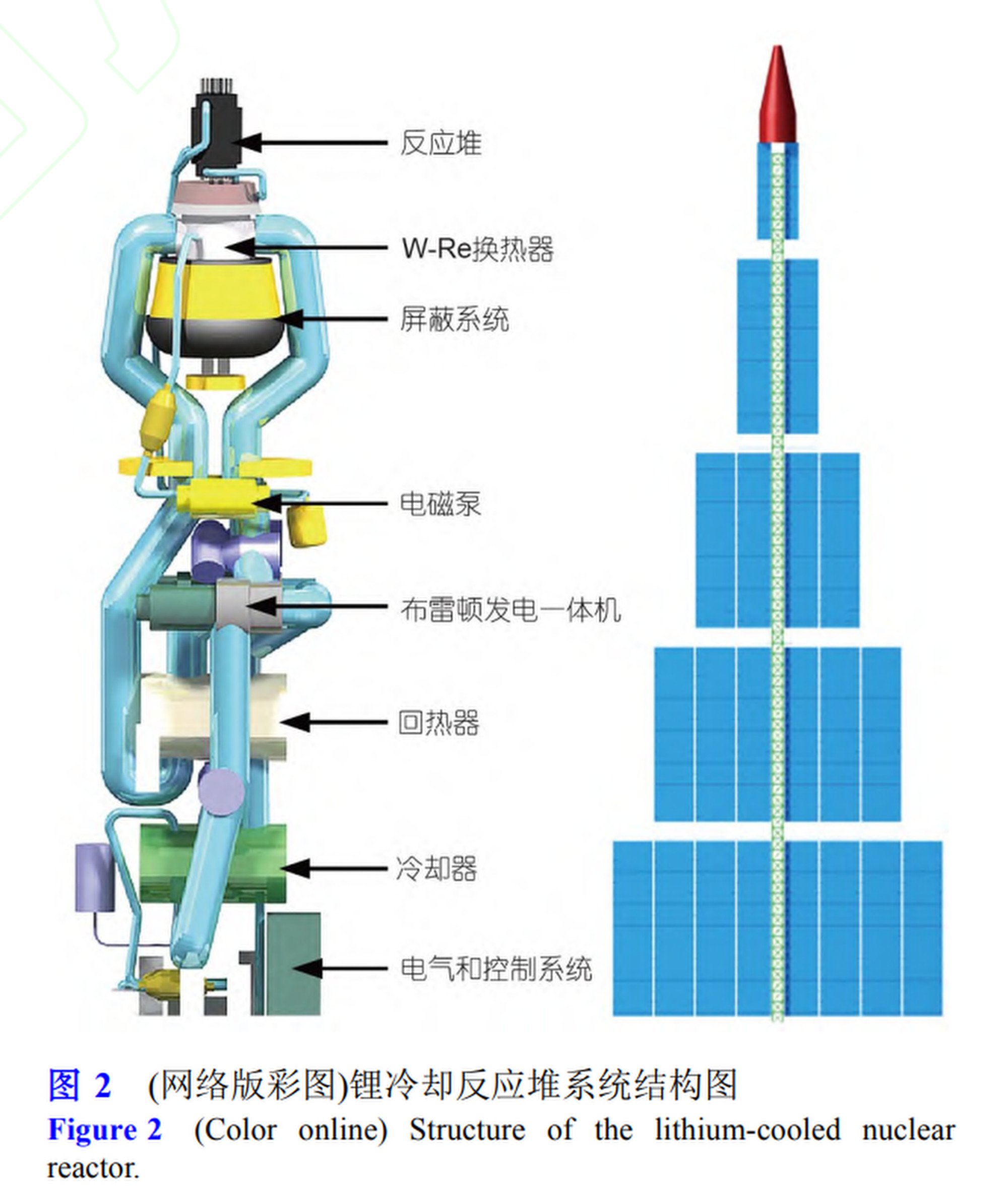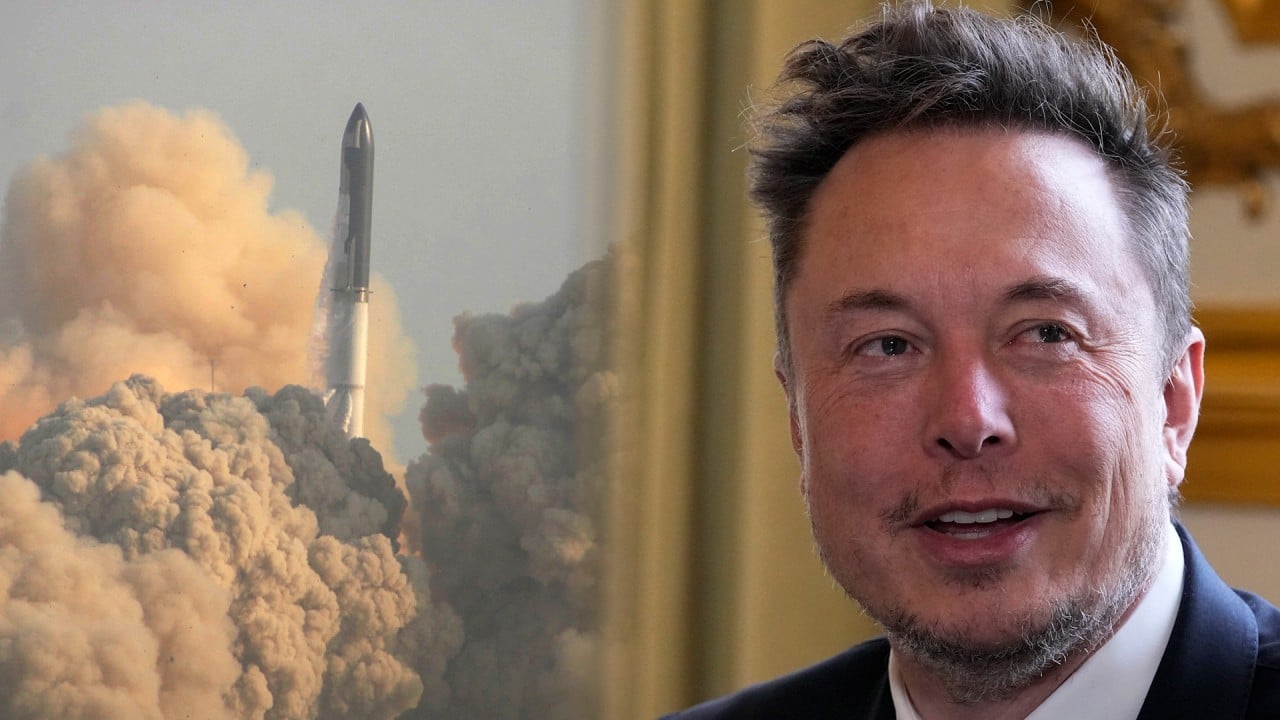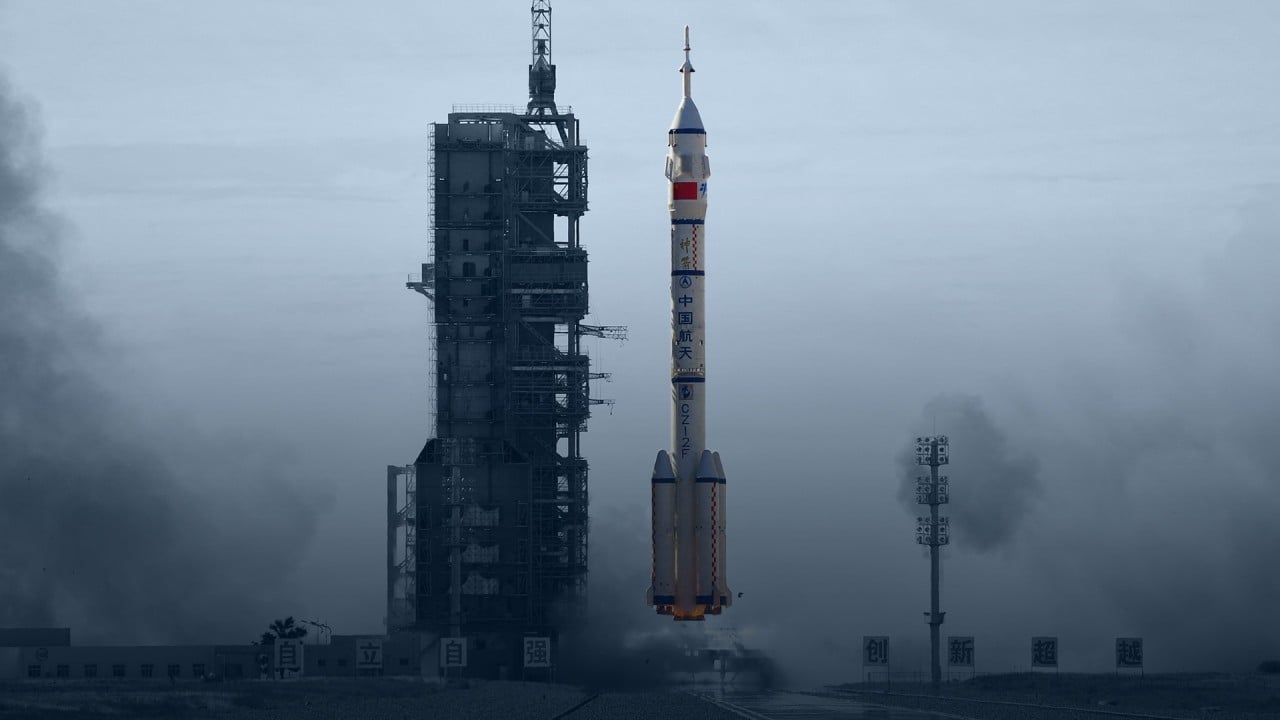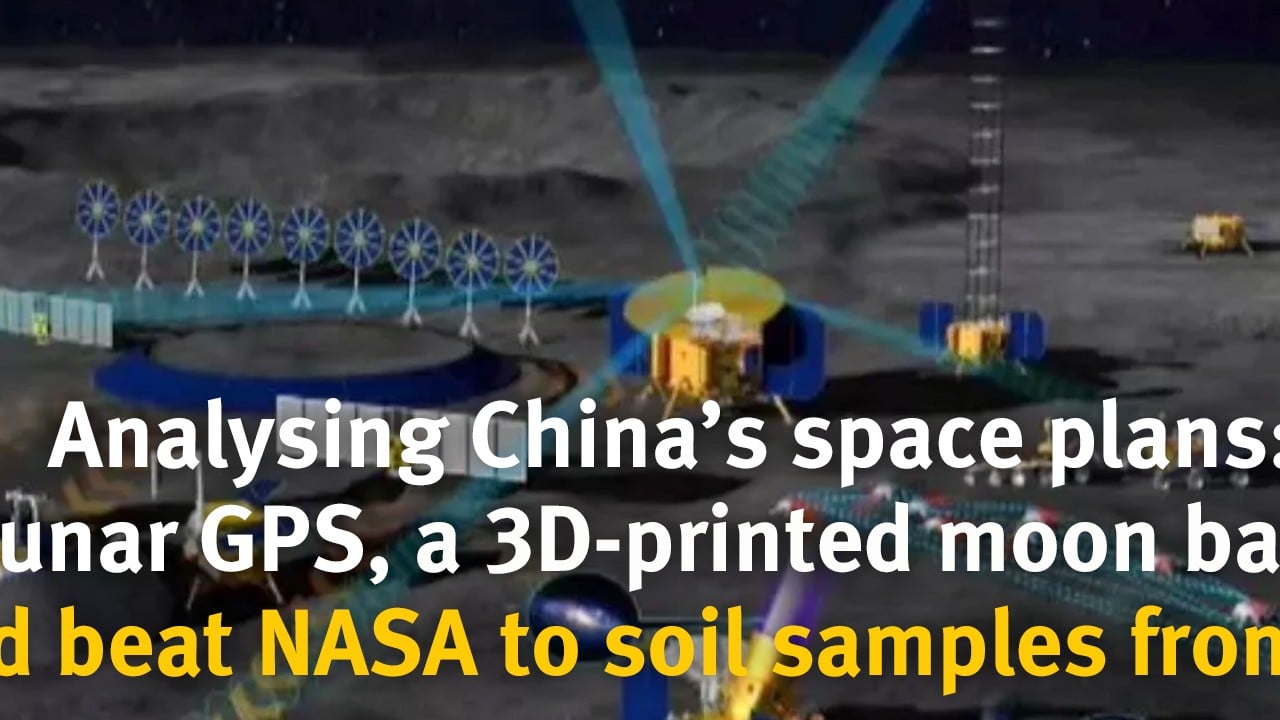When fully deployed in space, the 1.5 megawatt reactor – including its heat sink – could tower as high as a 20-storey building. But on the ground, it will fold neatly into a container-sized volume, weighing less than eight tonnes, the paper said.
The design makes the reactor system “easy to load and launch by rocket,” wrote the researchers, led by the academy’s Wu Yican. It will also be able to maintain stable operations in the harsh environments of space for extended periods, they said.
According to the paper, the powerful energy source will make high-mass, round-trip transport possible for both crewed and cargo space flights – opening the way for China’s large-scale exploration of the moon and Mars.
Some scientists estimate that a nuclear-powered spacecraft could complete a round trip between the Earth and Mars in just three months. The current scientific mainstream consensus is that the technology will be vital for interplanetary missions.
In contrast, spacecraft that rely on fossil fuels – like the Starship under development by US company SpaceX – could take at least seven months to reach Mars, according to some calculations.
The Starship rocket is central to Nasa’s plans for landing astronauts on the moon later this decade, as well as SpaceX CEO Elon Musk’s hopes of colonising Mars, but even a one-way trip to the red planet would need an enormous life support system.
“Innovate or perish. No excuses,” reads a slogan hanging above the Chinese prototype reactor – an indication of China’s determination to lead the race for nuclear-powered space travel that is now under way.
Nasa’s Artemis programme plans to send a nuclear reactor to the moon and use similar technology to build a fleet of Mars-colonising spacecraft. The European Union has initiated three ambitious projects to develop nuclear-related space technologies.
And Russia has restarted its Cold War-era nuclear-powered spacecraft project. The US government raised concerns last month over Russia’s attempts to launch a nuclear-powered weapons platform into low Earth orbit.
Both the Soviet Union and the United States sent low-power reactors into space during the Cold War. The US reactors were capable of reaching a maximum in the hundred-watt range, while the Soviet Union’s devices achieved kilowatt-level power.
Design work for Nasa’s 20 kilowatt nuclear reactor – which is being built by Lockheed Martin, Westinghouse, and private start-up company IX – is expected to be completed by 2025. The US space agency hopes to send this device to the moon in the early 2030s.
China and its lunar exploration partner Russia are discussing the possibility of building a nuclear power plant on the moon, the Russian space agency Roscosmos said earlier this month.
US-China space race fuelled by lunar landings and orbital ‘parking spots’
US-China space race fuelled by lunar landings and orbital ‘parking spots’
If the plans proceed smoothly, a China-Russia nuclear reactor could be launched between 2033 and 2035, according to Roscosmos.
The Chinese Yutu-2 lunar rover, powered by a Russian radioactive isotope nuclear battery, has been operating on the far side of the moon for more than four years, making it the longest lasting man-made machine on the lunar surface.
Wu and his team said Russia is making the fastest research and development progress in some of the field’s key technologies, including space nuclear fuel.
The researchers said the Chinese reactor will generate up to 1,276 degrees Celsius (2,328.8 Fahrenheit) through the fission of uranium fuel, far exceeding the operating temperature of most commercial nuclear plants.

The intense heat will expand liquid forms of the inert elements helium and xenon into gases, driving a generator. The chain reaction produces fast neutrons that will enable an efficient and continuous power supply for at least 10 years, the paper said.
The scientists said that by using liquid lithium they can make the reactor smaller, thanks to the element’s high thermal conductivity and low weight.
Traditionally, a heat exchanger and radiation shield occupy a significant amount of space in reactor designs, but Wu and his colleagues said they have developed a technology that combines these two components into one.
According to the paper, the reactor’s heat exchanger is made of tungsten alloy, which can achieve efficient heat exchange in the loop while blocking harmful radiation. Other new technologies include high-temperature corrosion-resistant materials.
At this stage, the prototype’s heat source is an external power supply, with plans to add nuclear fuel rods to achieve full operation in coming steps of the testing programme, the researchers said.
“Currently, integrated system operation tests have been carried out, including lithium-cooled loop circulation, coupling heat exchange between the primary and secondary loops, and [a] closed Brayton power generation system,” they said.
The tests provided a preliminary demonstration of the feasibility of coupling a lithium-based cooling system with a Brayton generator – developed in the 19th century as a piston engine and widely used in powered space flight.
“Corrosion tests of molybdenum alloy materials have also been conducted in high-temperature environments,” the researchers said.
World’s largest space environment simulator launched in northeast China
World’s largest space environment simulator launched in northeast China
Wu and his team said China’s demand for nuclear fission power is likely to grow significantly around 2035 and there is still much to do, including practical flight verification of the technologies and hardware on board the Tiangong space station and other spacecraft.
A key focus of further research and development for the scientists will be the safety of the nuclear reactors during launch and operations, with an imperative requirement that there will be no danger of a nuclear explosion, even if a reactor falls back to Earth.
The project team also plans to apply artificial intelligence to the long-term uncrewed operation of space reactors, using the technology to automatically diagnose and deal with any faults.
The institutes and universities involved in the ambitious project plan to strengthen their coordination and cooperation even further in coming years. The researchers said China’s largest and most complete industrial chain will also help to realise the project.
Nuclear reactors could also support China’s other space activities, including its planned crewed mission to the moon and ambitions to play a leading role in interplanetary exploration.
“Our country is in a new era,” Wu and his team said. “We plan to embark on deep space exploration missions such as manned lunar exploration, asteroid exploration, flying by Jupiter, and exploring the edges of the solar system. [Space reactors] will be crucial in these endeavours.”
While there is still a gap in the research and development foundation of space reactors between China, the US and Russia, the researchers said they believe they will be able to demonstrate applications of the technology at an earlier stage than their rivals, because of their coordinated approach.

Dr. Thomas Hughes is a UK-based scientist and science communicator who makes complex topics accessible to readers. His articles explore breakthroughs in various scientific disciplines, from space exploration to cutting-edge research.











